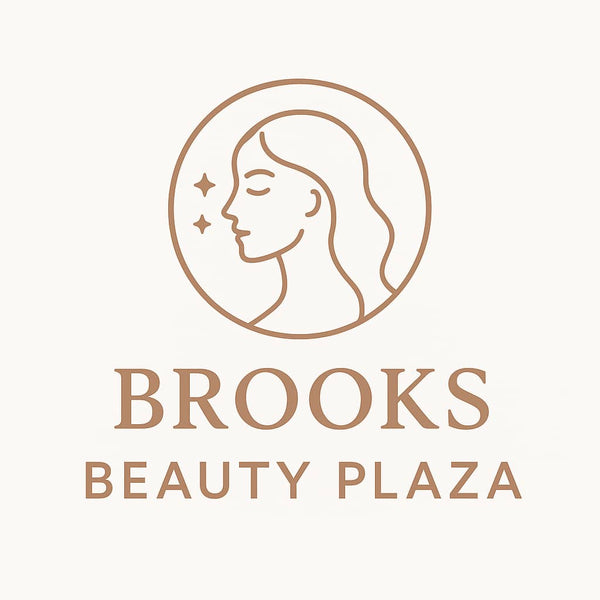What Causes Acne Breakouts on the Face and How Can You Identify Your Triggers?
Introduction
Acne is one of the most common skin concerns worldwide, affecting people of all ages, not just teenagers. While occasional pimples may feel manageable, recurring breakouts can be frustrating and damaging to self-confidence. To manage acne effectively, it’s essential to understand what causes acne breakouts on the face and how to spot the triggers unique to you.
This guide explores the science behind acne, the most common contributing factors, and practical ways to identify your triggers so you can take informed steps toward healthier skin.
The Science Behind Acne Formation
What Is Acne?
Acne occurs when hair follicles become clogged with oil (sebum), dead skin cells, and sometimes bacteria. This blockage can result in different types of acne: blackheads, whiteheads, papules, pustules, nodules, and cysts.
Why the Face Is Most Affected
The face has a high density of sebaceous (oil) glands, especially around the forehead, nose, chin, and cheeks. When these glands produce excess oil, pores can clog more easily, creating a prime environment for acne.
The Most Common Causes of Acne Breakouts on the Face
Hormonal Fluctuations
Puberty, menstrual cycles, pregnancy, or conditions like PCOS often trigger hormonal changes.
Excess androgens stimulate oil production, increasing the chance of clogged pores.
Diet and Nutrition
Foods high in refined sugars, dairy, or processed carbs may worsen acne for some individuals.
Diets rich in omega-3 fatty acids, antioxidants, and whole foods are linked to clearer skin.
Stress and Cortisol Levels
Stress doesn’t directly cause acne, but it can worsen it.
Cortisol (the stress hormone) triggers inflammation and oil production, leading to breakouts.
Poor Skincare Habits
Using harsh cleansers, overwashing, or skipping moisturizers can irritate skin.
Heavy, comedogenic (pore-clogging) products may trap oil and bacteria.
Bacterial Imbalance (Cutibacterium acnes)
Overgrowth of this bacteria inside clogged pores contributes to inflammation and painful acne.
Genetics and Family History
If your parents experienced persistent acne, you may be more prone due to inherited skin traits.
Lifestyle and Environmental Factors That Worsen Breakouts
Pollution and Toxins
Airborne pollutants can clog pores and irritate skin.
Living in cities with high smog may increase acne risk.
Sweat and Exercise
Sweat itself isn’t harmful, but when mixed with oil and bacteria, it can clog pores.
Not cleansing skin after workouts often triggers “sweat acne.”
Sleep Quality
Lack of sleep disrupts hormonal balance and skin repair cycles.
Poor rest contributes to inflammation and delayed healing.
How to Identify Your Personal Acne Triggers
Keep a Skin Diary
Record daily habits, meals, stress levels, and skincare routines.
Look for patterns between activities and new breakouts.
Pay Attention to Breakout Locations
Forehead acne may relate to hair products or stress.
Chin and jawline acne often signals hormonal imbalance.
Cheek acne can be linked to diet or dirty pillowcases/phones.
Elimination Method
Temporarily remove one suspected trigger (like dairy or a skincare product) for 2–4 weeks.
Track if breakouts reduce during this period.
Consult Professionals
Dermatologists can run tests or recommend treatments tailored to your skin type.
Dietitians may help if food sensitivities play a role.
Misconceptions About Acne Causes
Acne Is Not Caused by Poor Hygiene
Overwashing or scrubbing skin harshly actually worsens acne. Acne is primarily influenced by internal factors, not dirt.
Makeup Alone Doesn’t Cause Acne
Non-comedogenic and properly removed makeup is unlikely to cause persistent acne. Problems arise when makeup is left on overnight.
Chocolate Doesn’t Automatically Cause Breakouts
While diet plays a role, no single food universally triggers acne. Reactions differ from person to person.
Practical Tips to Reduce Acne Breakouts
Maintain a Gentle Skincare Routine
Cleanse twice daily with a mild, non-stripping cleanser.
Use oil-free moisturizers and sunscreens.
Manage Stress Proactively
Try mindfulness, meditation, or exercise to lower cortisol.
Optimize Diet
Reduce processed foods and sugary drinks.
Increase intake of fruits, vegetables, lean proteins, and healthy fats.
Protect Your Skin from Environmental Stressors
Wash face after workouts or exposure to pollutants.
Change pillowcases regularly and sanitize phone screens.
When to Seek Professional Help
If acne persists despite lifestyle changes, seek a dermatologist’s guidance. Severe forms like cystic acne may require medical treatments (topical retinoids, antibiotics, or hormonal therapy).
Conclusion
Understanding what causes acne breakouts on the face is the first step toward managing it effectively. By learning about the common triggers—whether hormonal, dietary, environmental, or lifestyle-related—you can identify patterns in your own skin and make informed choices.
Acne is not caused by poor hygiene or one single factor. Instead, it’s usually a combination of influences that differ for each individual. Keeping track of your personal triggers, adjusting your habits, and seeking professional advice when needed can help you regain control over your skin and confidence.
And to discover our amazing beauty and personal care products, we would love you to visit our affiliate links below.
EltaMD UV Clear Face Sunscreen
